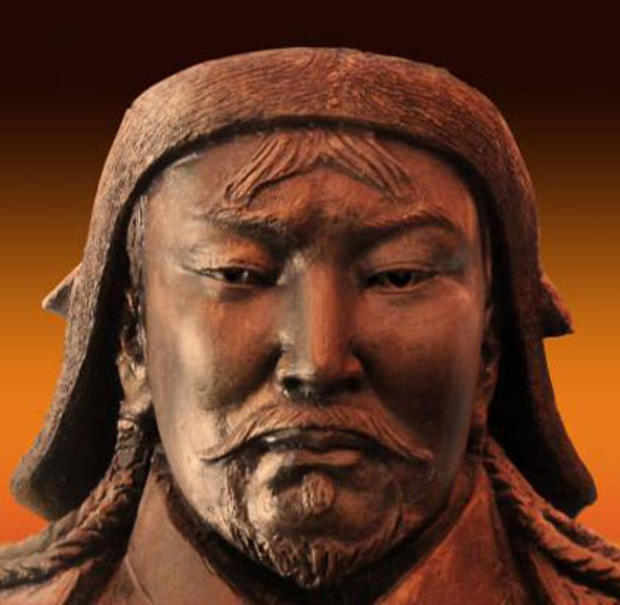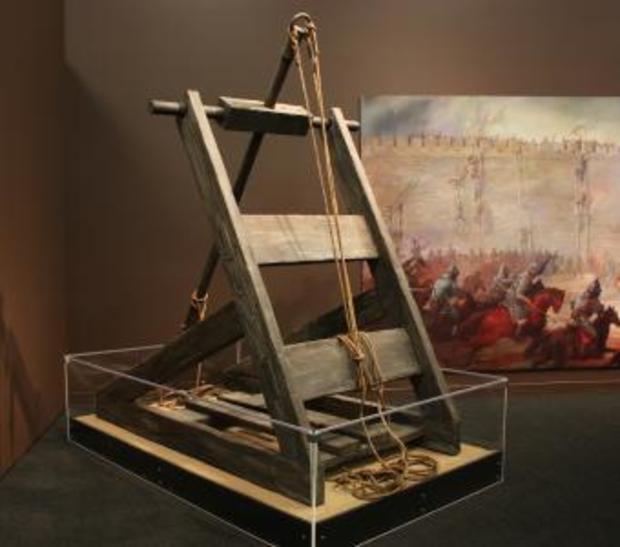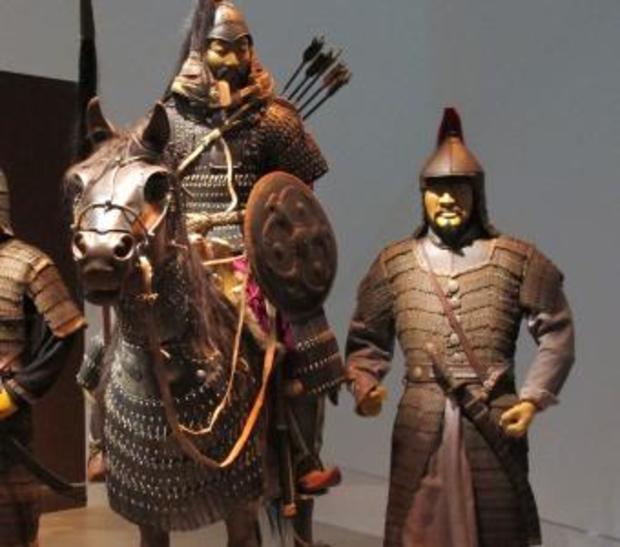Genghis Khan Invades Chicago: Interview With The Field Museum's Tom Skwerski
By Amy Cavanaugh
Hours: Daily, 9 a.m.-5 p.m.
Genghis Khan has an oft-misunderstood legacy. The ruthless Mongol emperor drastically expanded his 12th and 13th century Asian empire through force — but along the way introduced passports and a postal system, among other innovations. "Genghis Khan," a new show at the Field Museum running through September 3, takes a look at the ruler through an exhibit of artifacts ranging from jewelry and silk robes to weapons and religious relics — and even a mummy. Project manager Tom Skwerski spoke with CBSChicago.com recently about the show.
CBSChicago.com: How did this exhibit come together?
Tom Skwerski: It's not an exhibit we created here, which we do sometimes, like with "Mammoths and Mastodons." Sometimes an outside organization will pull together an exhibit, and that's what it is for "Gengis Khan." Imagine Exhibitions put it together and it's been traveling around the world—it went to Singapore and in the U.S. to Denver, Houston, California, Texas, North Carolina. We're the seventh venue for the exhibit.
CBSChicago.com: What does the exhibit explore?
TS: The exhibit explores this duality of Gengis Khan. Yes, he was a fierce conqueror and warrior, but at the same time he was a statesman who ruled a huge expanse of land. He had to have things in place to rule a peaceful empire. He used the Pony Express to communicate with the vast reaches of the empire, and that's explored here. He's also known for taking things from other cultures and adapting them to his use.
CBSChicago.com: What are some of the more notable things on display?
TS: One of the biggest things Gengis Khan is known for is the Mongol Empire, and the army he created that ruled a huge expanse of the known world. His armies attacked walled cites and took over huge expanses of land. So we have recreations of that, and a triple cross bow and we look at the story of how they were able to do this. There are weapons like swords, bows and arrows, and a whistling arrow.
CBSChicago.com: Where did the artifacts come from?
TS: There are close to 200 artifacts in the exhibition. In addition to weapons of war, there are things that were found in the capital city of Karakorum. The city was excavated awhile back and some of the things found there are on display.
CBSChicago.com: What's the mummy on display?
TS: She was buried in a cave in the Gobi Desert and dates from the time of Gengis Khan, the 12th or 13th centuries. Because of what she was wearing and buried with, she gives us a look at Mongolian culture in that time period.
CBSChicago.com: What do you hope people take away from the show?
TS: An understanding of who Genghis Khan was. The name is pretty familiar to a lot of people, and in some ways he gets a bad rap for being a warlord. But there's this whole other side of him that gets explored, along with what his role was in world history.






